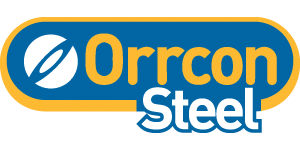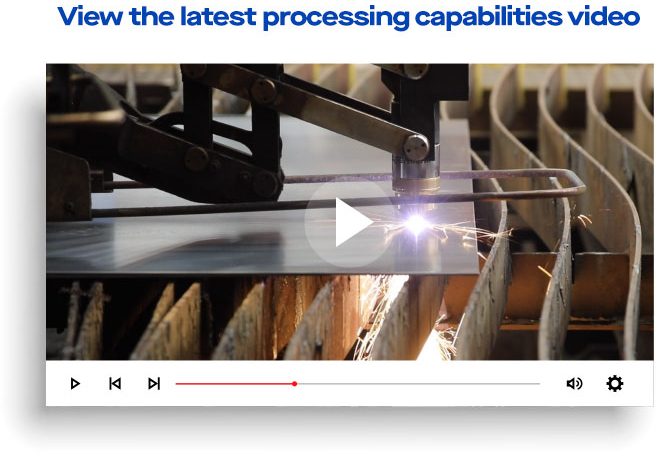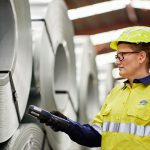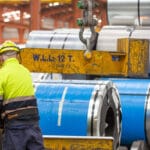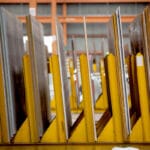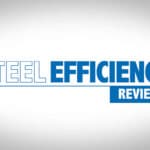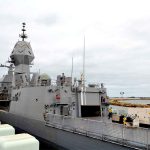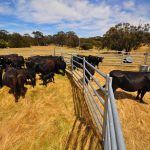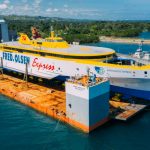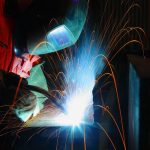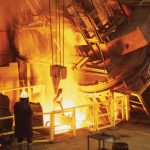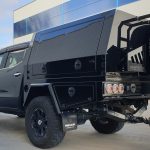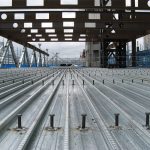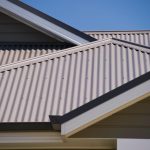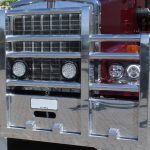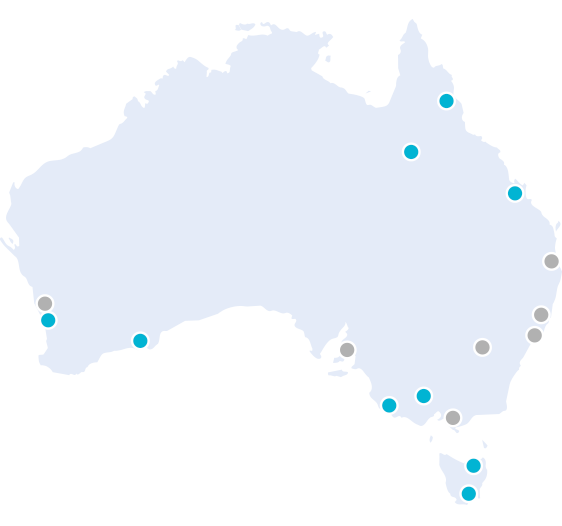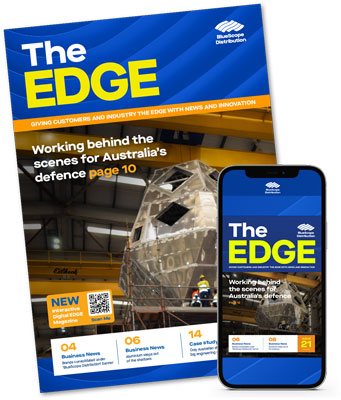Aluminium 3004 Data Sheet
3004 Overview
Alloy 3004 is a non-heat treatable aluminium alloy from the wrought aluminium-manganese family supplied as sheet or coil. It has excellent corrosion resistance, medium strength and very good formability including drawing characteristics. 3004 has higher strength than 3003 but with lower ductility. 3004 is a common alloy that is considered a good general-purpose alloy.
3004 Mass Conversion Factor: Kilograms (kg) per mm per square metre = 2.72kg
Finishing
3004 may be supplied in mill finish, painted finish and stucco embossed finishes.
Common Applications
3004 is used in a diverse range of industries including building products both internal and external, food and chemical, automotive, transport, HVAC, oil and gas, and architecture. Some specific applications include garage doors and acoustic ceilings, truck and trailer roofing, radiators since it is light and thermal conductive, fuel tanks and pressure vessels, façade panelling and signage.
Welding
3004 has excellent weldability by all standard methods especially with GMAW (MIG) and GTAW (TIG). Preferred filler is 1100 alloy though filler alloy 4043 and 5356 are most commonly utilised.
Machining
Machinability of the softer tempers of 3004 like O is poor, with the harder tempers such as H34 and above being easier to machine. Accuracy of machining is managed with high speeds, ample lubrication, sharp tools, positive rakes, adequate clearance and continuous cutting.
|
Chemical Composition Specification (%) Single values are maxima except as noted |
||||||||||
|
Alloy |
Si |
Fe |
Cu |
Mn |
Mg |
Cr |
Zn |
Ti |
Other |
|
| Each | Total | |||||||||
| 3003 | 0.6 | 0.7 | 0.05 – 0.20 | 1.0-1.5 | – | – | 0.10 | – | 0.05 | 0.15 |
| 3004 | 0.3 | 0.7 | 0.25 | 1.0-1.5 | 0.8-1.3 | – | 0.25 | – | 0.05 | 0.15 |
|
Mechanical Property Specification – Single values are maxima except as noted |
|||||||
| Alloy and Temper | Thickness mm | Tensile Strength | Elongation (% min in 50mm) | ||||
| Over | Up to | Ultimate | Yield | ||||
| Min | Max | Min | Max | ||||
| 3003-O | 1.2 | 6.3 | 95 | 130 | 35 | – | 25 |
| 3003-H14 | 1.2 | 6.3 | 140 | 180 | 115 | – | 5 |
| 3004-H34 | 1.2 | 6.3 | 220 | 265 | 170 | – | 4 |
| 5005-H14 | 1.2 | 6.3 | 145 | 185 | 115 | – | 4 |
| 5005-H34 | 1.2 | 6.3 | 140 | 180 | 105 | – | 5 |
Bend radii
|
Recommended Minimum Bend Radii for 90-Degree Cold Forming of Sheet of 3004 |
|||||
| Temper | 1.6mm | 3.2mm | 4.8mm | 6.0mm | 10mm |
| 0 | 0t | ½t | 1t | 1t | 1t |
| H32 | ½t | 1t | 1t | 1½t | 1½t |
| H34 | 1t | 1½t | 1½t | 2½t | 2½t |
| H36 | 1½t | 2½t | 3t | 3½t | 4t |
| H38 | 2½t | 3t | 4t | 5t | 5½t |
|
Bend radii listed are minimum recommendations only for bending sheets without fracture. Application method based on cold forming in a standard press brake with air bend dies. Alternative types of bending operations may require larger radii or smaller radii. Tooling quality and design may vary radii outcomes. |
|||||
Material Specification & References
AS/NZS 1734:1997 Reconfirmed 2020 – Aluminium and aluminium alloys – Flat sheet, coiled sheet and plate
ASTM B209M – 14 – Aluminum and Aluminum Alloy Sheet and Plate
ASTM E290 – Bend Radii reference test method
The information in this data sheet document is not an exhaustive statement of all relevant information and is provided by way of general information only. BlueScope Distribution Pty Ltd makes no representation or warranty in relation to this data sheet document or the products or processes it describes, and takes no responsibility for any adverse consequences of any nature which arise as a result of reliance on the information or recommendations contained in it. You must make your own assessment of the information and recommendations contained in this data sheet document, including when necessary seeking specific advice as to the suitably of the products or processes featured in this data sheet document for the purpose for which, and the manner in which, you propose to use them. This may involve further independent analysis and testing.









